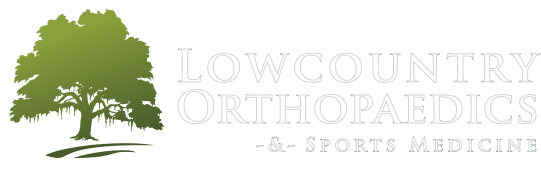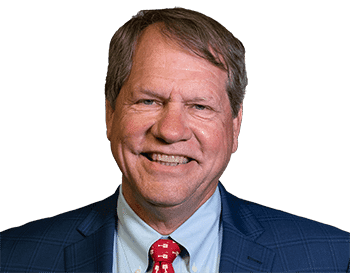Elbow (Olecranon) Bursitis
If you have a painful lump on your elbow, it could be elbow bursitis. This condition is also referred to as olecranon bursitis. Elbow (olecranon) bursitis is when the sac between your elbow bone and your skin gets swollen.
Attention: Now Accepting New Patients
Symptoms
Swelling is often the first symptom. The skin on the back of the elbow is loose, which means that a small amount of swelling may not be noticed right away. As the swelling continues, the bursa begins to stretch, which causes pain. The pain often worsens with direct pressure on the elbow or with bending the elbow. The swelling may grow large enough to restrict elbow motion.
If the bursitis is infected, the skin becomes red and warm. If the infection is not treated right away, it may spread to other parts of the arm or move into the bloodstream. This can cause serious illness. Occasionally, an infected bursa will open spontaneously and drain pus.
Causes
Trama
A hard blow to the tip of the elbow can cause the bursa to produce excess fluid and swell.
Prolonged Pressure
Leaning on the tip of the elbow for long periods of time on hard surfaces, such as a tabletop, may cause the bursa to swell. Typically, this type of bursitis develops over several months.
People in certain occupations are especially vulnerable, particularly plumbers or heating and air conditioning technicians who have to crawl on their knees in tight spaces and lean on their elbows.
Infection
If an injury at the tip of the elbow breaks the skin, such as an insect bite, scrape, or puncture wound, bacteria may get inside the bursa sac and cause an infection. The infected bursa produces fluid, redness, swelling, and pain. If the infection goes untreated, the fluid may turn to pus.
Occasionally, the bursa sac may become infected without an obvious injury to the skin.
Medical Conditions
Certain conditions, such as rheumatoid arthritis and gout, are associated with elbow bursitis.
Nonsurgical Treatment
Your doctor may prescribe antibiotics before the exact type of infection is identified. This is done to prevent the infection from progressing. The antibiotic that your doctor prescribes at this point will treat a number of possible infections.
If the bursitis is not from an infection, it is treated with a number of options.
* Elbow pads. An elbow pad may be used to cushion your elbow.
Activity changes. Avoid activities that cause direct pressure to your swollen elbow.
Medications. Oral medications such as ibuprofen or other anti-inflammatories may be used to reduce swelling and relieve your symptoms.
If swelling and pain do not respond to these measures after 3 to 4 weeks, your doctor may recommend removing fluid from the bursa and injecting a corticosteroid medication into the bursa. The steroid medication is an anti-inflammatory drug that is stronger than the medication that can be taken by mouth. Corticosteroid injections usually work well to relieve pain and swelling. However, symptoms can return.
Your doctor may remove fluid from the swollen bursa to check for infection, or to prepare the bursa for a corticosteroid injection.
Surgical Treatment
The bursa usually grows back as a non-inflamed, normally functioning bursa over a period of several months.
Surgery for noninfected bursa. If elbow bursitis is not a result of infection, surgery may still be needed if nonsurgical treatments do not work. In this case, surgery to remove the bursa is usually performed as an outpatient procedure. The surgery does not disturb any muscle, ligament, or joint structures.
Recovery
Although formal physical therapy after surgery is not usually needed, your doctor will recommend specific exercises to improve your range of motion. These are typically permitted within a few days of the surgery.
Your skin should be well healed within 10 to 14 days after the surgery, and after 3 to 4 weeks, your doctor may allow you to fully use your elbow. Your elbow may need to be padded or protected for several months to prevent reinjury.








